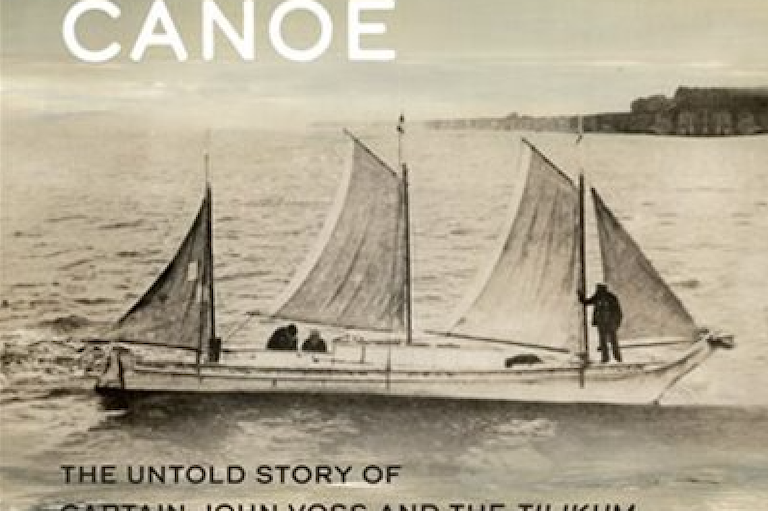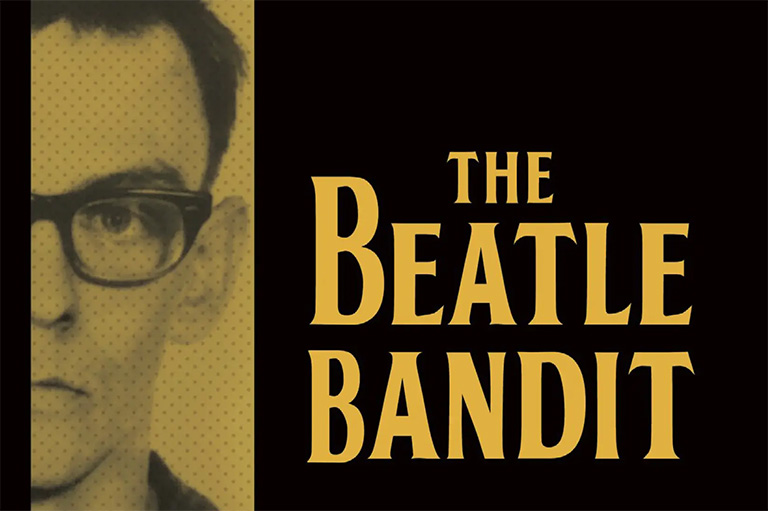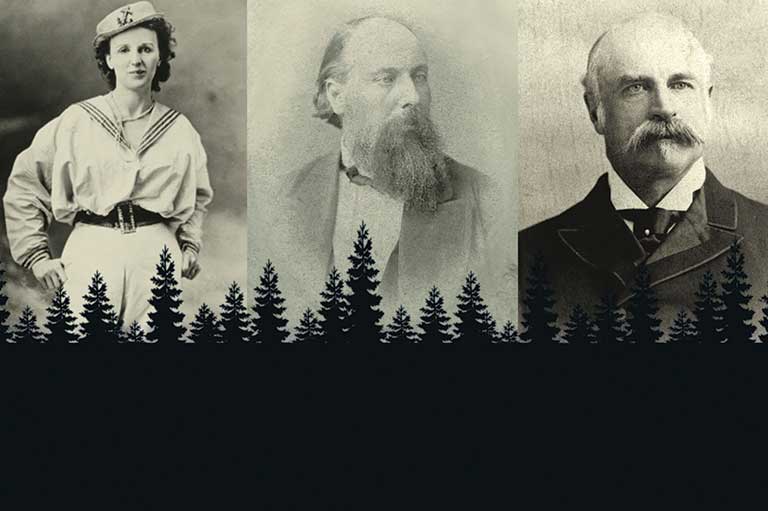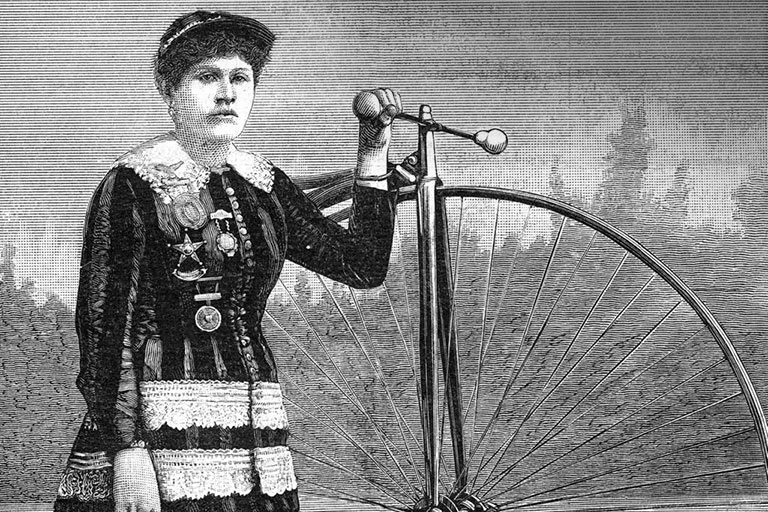Landscapes of Silence
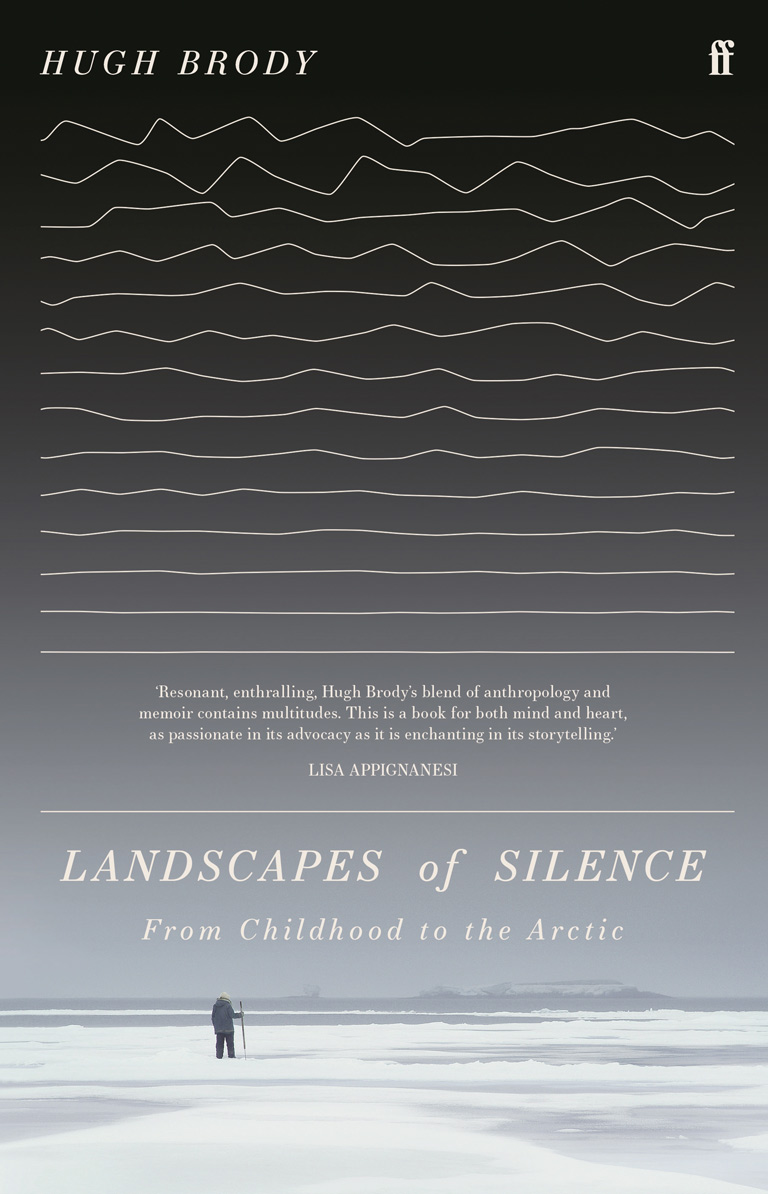
Landscapes of Silence: From Childhood to the Arctic
by Hugh Brody
Faber & Faber
223 pages, $39.95
Hugh Brody, a renowned British anthropologist and filmmaker, spent ten years in the 1970s mapping the Canadian Arctic for the federal government. At Rankin Inlet (Kangiqliniq) and Pond Inlet (Mittimatalik), both in present-day Nunavut, he learned two Inuktitut dialects, immersed himself in the language, stories, and memories of the people with whom he lived, and learned “that there is a whole other way of hearing and sustaining knowledge.” Several of his subsequent books and documentaries drew on his experiences during those years.
Landscapes of Silence is a deeper meditation, weaving together narratives of his own life and of Inuit history. There is an elegiac quality to his prose, as he looks back over the proud but fearful silence of his own Jewish mother (who escaped Austria just before the Second World War) as well as the destructive impacts that colonial occupation and the loss of traditional knowledge have had on a hunter-gatherer society.
Now in his eighties, Brody has stitched together episodes, anecdotes, and memories in order to “throw some light onto places where darkness has caused, and continues to cause, immeasurable harm.” In both the personal and the Inuit-related sections of this slim volume, suicide is a jolting reminder of where that silent darkness can lead.
Brody starts his book with a list of some of the many Inuktitut words for snow, and he urges his readers to read them out loud. Each is specific: igluvigaksaq, for example, is snow that is good for making an igloo. None of the terms are similar to each other, and there is no single word for snow that covers all of them. “This is a world, a mind, in which generalities and categories are avoided,” he writes. If the Inuit were to lose this specific language, the knowledge as well as the vocabulary would be erased.
Before Brody takes us deeper into his Inuit experiences, he leads us through his own journey into anthropology — a postwar childhood in a northern English city, a confusing spell on an Israeli kibbutz, and his unhappy discovery after his mother’s death of the memories about which she had kept silent after she fled from the Nazi horrors. By 1970 he was a respected anthropologist, and his decision to travel to the Far North of Canada, “on the margins of the inhabitable world,” was driven by his curiosity about a society far removed from European agricultural traditions. By immersing himself in such a society, he would be as helpless as a child. It was a chance, he writes, “to start again.”
The light, the cold, the ice, the vast spread of the frozen sea — Brody was captivated by the unbelievable beauty of this immense landscape. And he was deeply touched by the warmth, generosity, and humour of his hosts’ everyday lives. His job was to map the North in order to verify Inuit land claims, and he was astonished at the intensity, depth, and richness of the Inuit relationship with the fractured topography of the eastern High Arctic.
He asked the Inuit about seals, caribou, polar bears, foxes, mussels, tundra swans, terns and guillemots, cranberries, gravestones, wrecks, trading patterns … all the shared knowledge and interconnected patterns of hunting, fishing, gathering, and trapping. The base map that he created stretched five feet across. Brody learned that “the version of human nature I had been urged to accept by my anxious parents and the justifications of greed and the market economy offered by European philosophers was neither natural nor inevitable.”
Brody was an outsider — qallunaat — but he lived in the language and culture of the Arctic, enjoying hunting and camping trips and the practice of friendly, spontaneous visits to various households. He acknowledges that he was so focused on the traditional beliefs and way of life that he resented the intrusion of such innovations as oil stoves, guns, and electric lighting, despite the Inuit’s embrace of items they could use.
During these years, Brody made many friends. His mentor, Simon Anaviapik, began to refer to him as his adoptive son, and his Arctic experiences filled a void in his own life. He was troubled by the power imbalance between the Inuit and southerners who wielded authority — government officials, priests, teachers, oil company representatives — to whom the Inuit felt obliged to offer mute deference.
In two brief later visits to the North, he was be appalled by the direct impact of commercial exploitation, sexual predators, environmental damage, and the devaluation of Inuit knowledge. Brody argues that “capitalism and colonialism … are the agents of death, causing and relying on silence. Life depends on opposing them all.”
It is a grim conclusion. But his journey towards that conclusion, and the interplay between an anthropologist’s personal and professional experiences, are fascinating.
We hope you’ll help us continue to share fascinating stories about Canada’s past by making a donation to Canada’s History Society today.
We highlight our nation’s diverse past by telling stories that illuminate the people, places, and events that unite us as Canadians, and by making those stories accessible to everyone through our free online content.
We are a registered charity that depends on contributions from readers like you to share inspiring and informative stories with students and citizens of all ages — award-winning stories written by Canada’s top historians, authors, journalists, and history enthusiasts.
Any amount helps, or better yet, start a monthly donation today. Your support makes all the difference. Thank you!
Themes associated with this article
Advertisement
With 7 uniquely curated newsletters to choose from, we have something for everyone.

